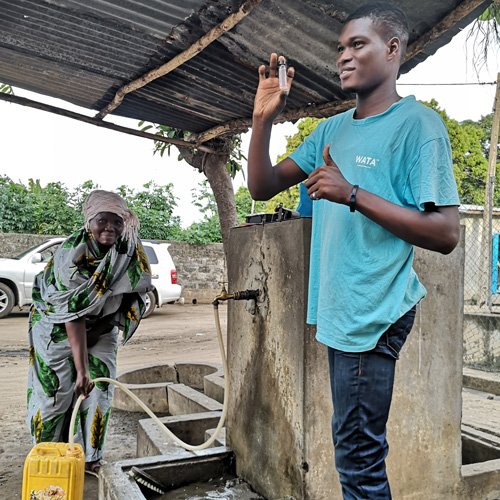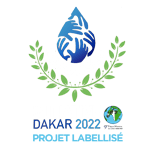
WATA technology contributes to the autonomy of health centers in the management of their sanitation, especially in remote areas.
It allows the production of sodium hypochlorite, a multipurpose disinfectant, useful for:
 ENVIRONMENTAL DISINFECTION
ENVIRONMENTAL DISINFECTION
Surfaces, equipment, floors, bedding

DISINFECTION OF WOUNDS,
in Dakin water
 Drinking WATER
Drinking WATER
TREATMENT
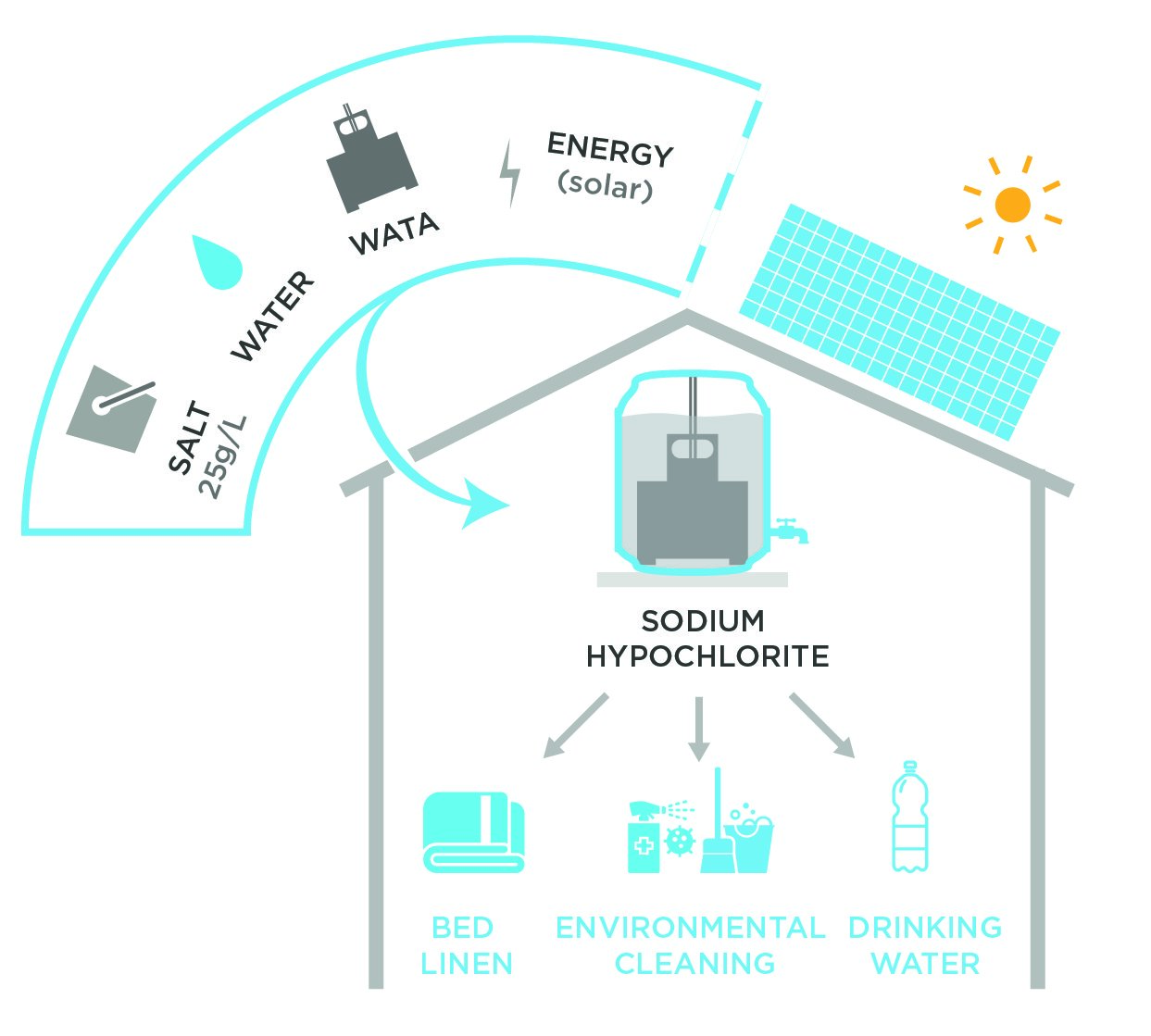
Local
-
- On-site production
- Quantity and concentration of chlorine adapted to the needs
- Solar power system technology
Simple
- Training of health personnel
- Easy to use
- Adoption of technology and hygiene practices by medical staff
Durable and Sustainable
-
- Limits pollution from logistics
- Long-term investment:
Our devices have a lifespan of at least 10 years
By improving hygiene conditions and water quality, WATA contributes concretely to Sustainable Development Goals 3 “Good Health and Well-Being” and 6 “Clean Water and Sanitation”, by improving health center care and drinking water treatment.
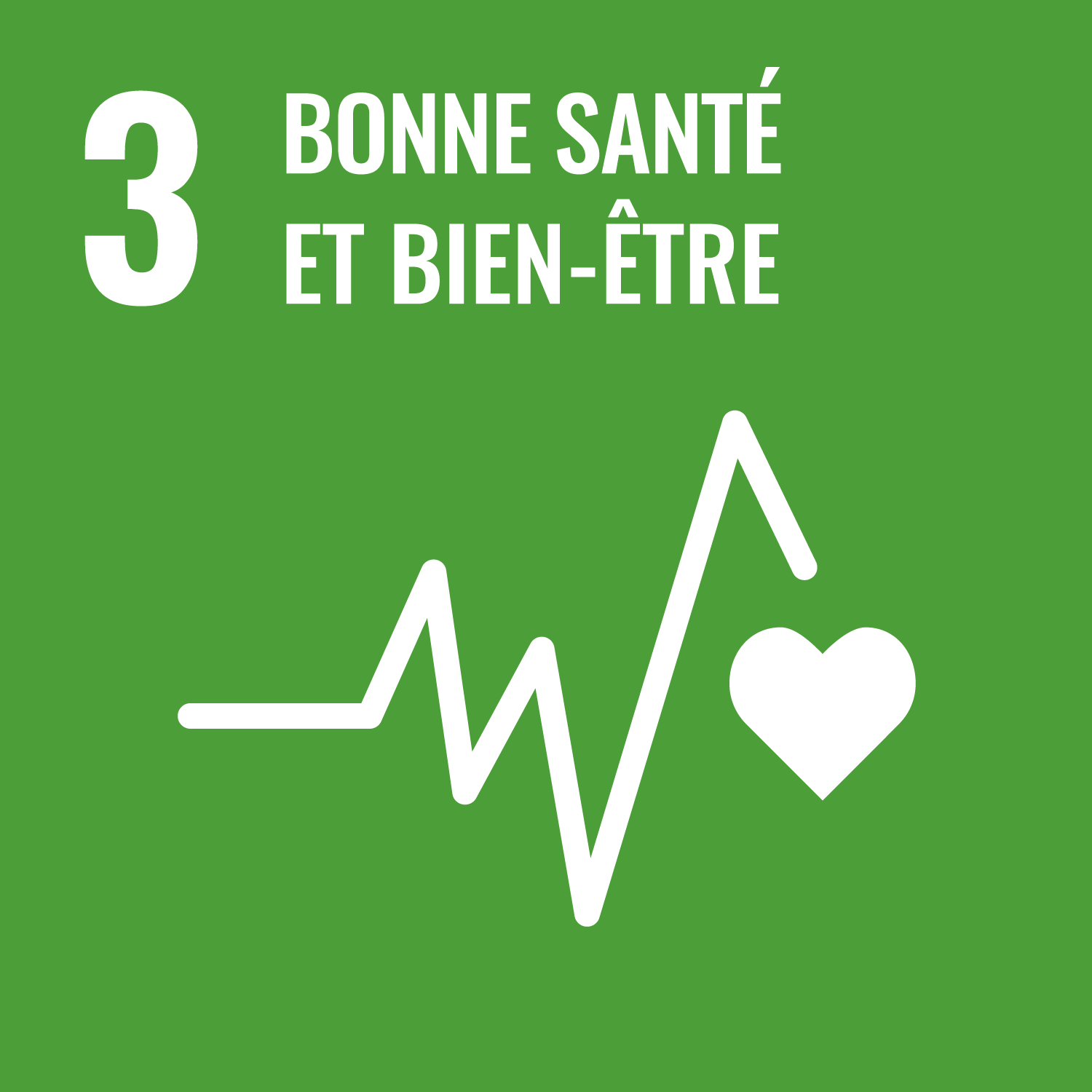
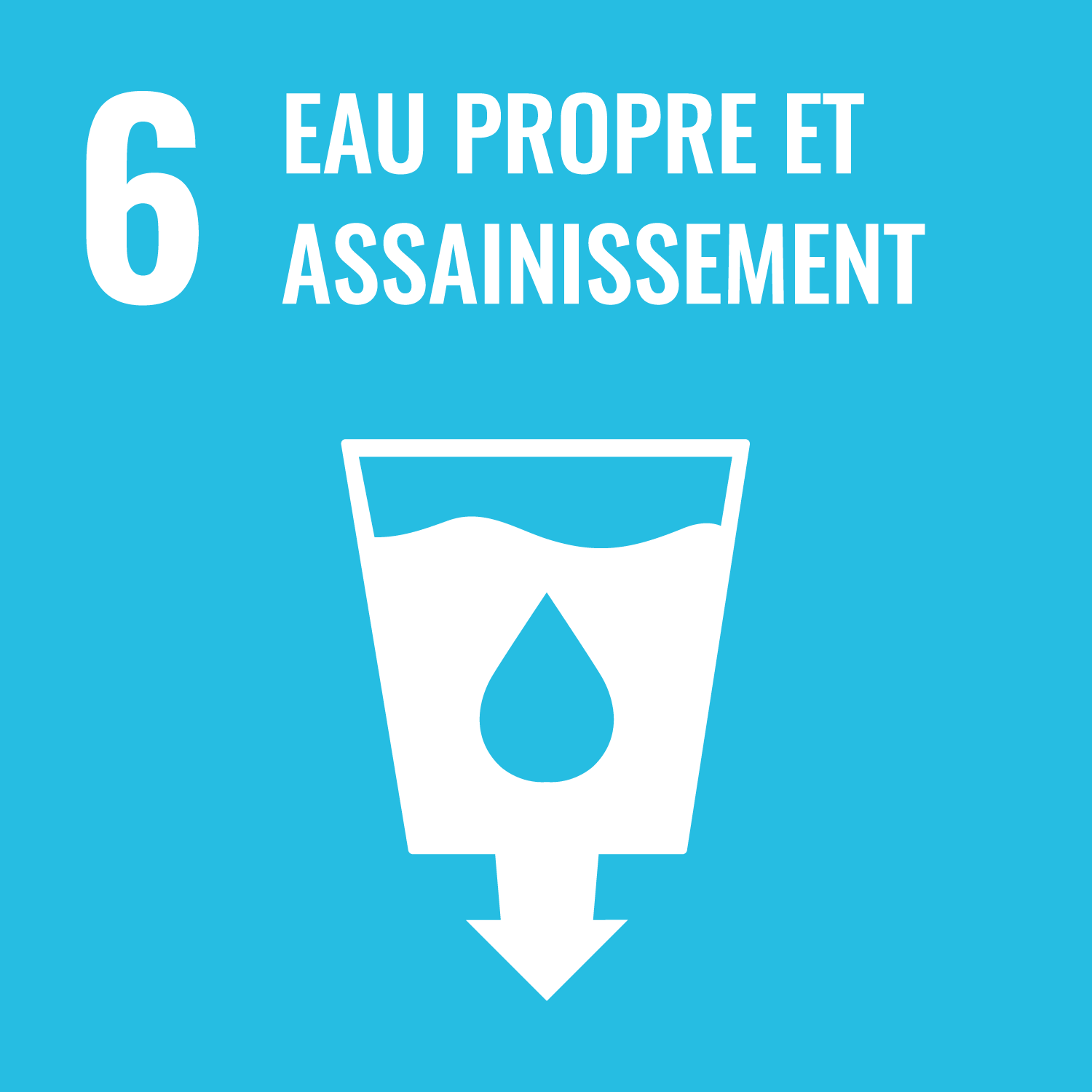
HEALTH CENTRE ISSUES
In developing countries:
– 1/4 of the health centers have no access to running water.
– This means that 712 million people have no access to safe water at all when seeking medical care.
– 2/3 of countries do not have dedicated budgets to improve their national water strategies and inequalities are particularly high in the least developed countries.
Without water, it is difficult to ensure hygiene and this is compounded by the lack of access to disinfectant.
In the health sector, access to chlorine as an antiseptic improves the quality of care by enhancing hygiene. Good environmental disinfection also reduces the risk of nosocomial diseases (infections transmitted in hospitals)*¹.
In rural health centers, chlorine is often unavailable or of poor quality. This is often due to unreliable logistics.
*¹ S. Pereira, 2014, Disinfection with sodium hypochlorite in hospital environmental surfaces in the reduction of contamination and infection prevention: a systemic review

Covid-19

WHO GUIDELINES
Sodium hypochlorite is mentioned in the WHO guidelines for preventing SARS-CoV-2 infections. The external structure of corona viruses makes them not resistant to this type of disinfectant.

In hospitals, many areas must be disinfected at least twice a day with a 0.1 % concentrated solution. Floors and surfaces touched by human secretions or blood require a concentration of 0.5 %.

In households with a suspected or confirmed case of COVID-19, contact areas such as bathrooms, door handles, etc., should be sprayed with a 0.1 % concentrated solution.
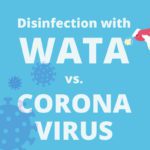
SCIENTIFIC
A study published in the Journal of Hospital Infection cross-referenced the results of 22 different studies and showed that sodium hypochlorite can disinfect surfaces in only a single minute, while the virus can remain for up to 9 days on an untreated plastic surfaces.
Read the full scientific paper here
OUR LATEST ACHIEVEMENTS
Our services
FIELD SURVEYING AND SIZING
Production and Logistics
Implementation and training
monitoring et Evaluation
FIELD SURVEYING AND SIZING

Production and Logistics
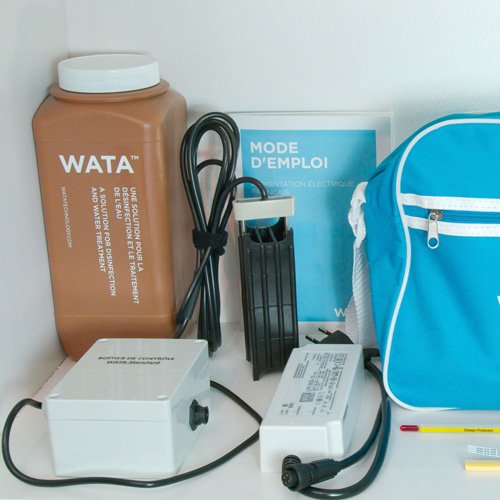
Implementation and training
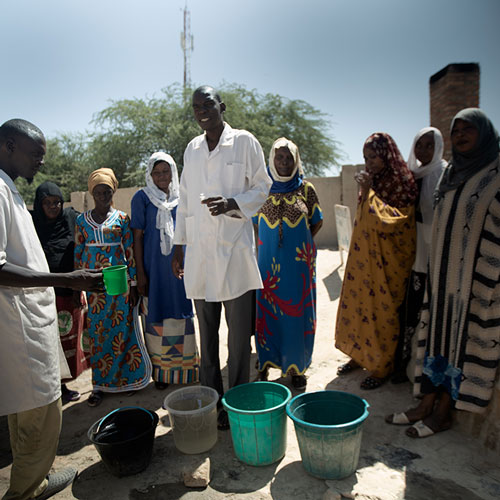
monitoring et Evaluation
